Inaugural protests demo differing rhetoric, surprising congruity
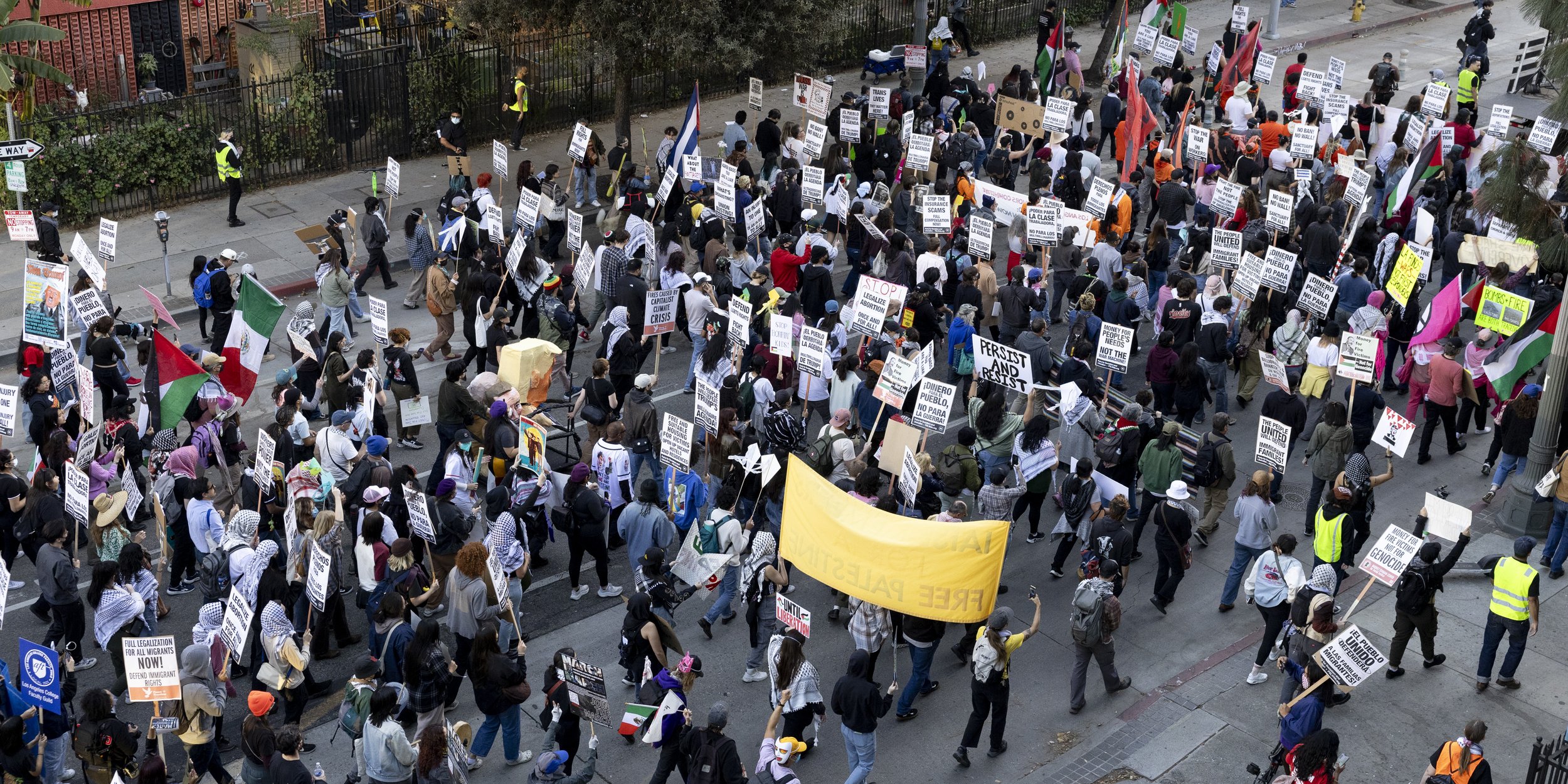
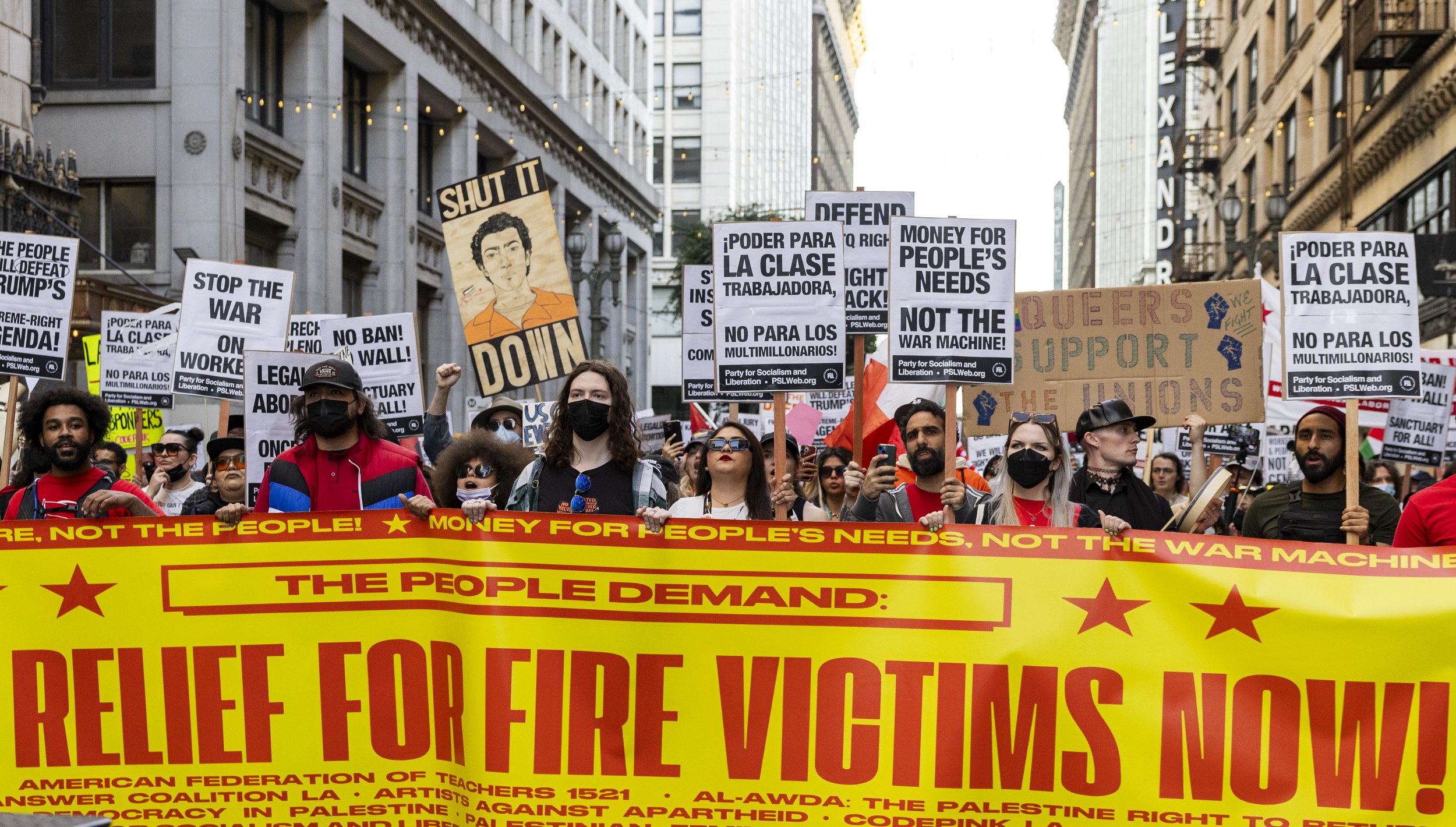
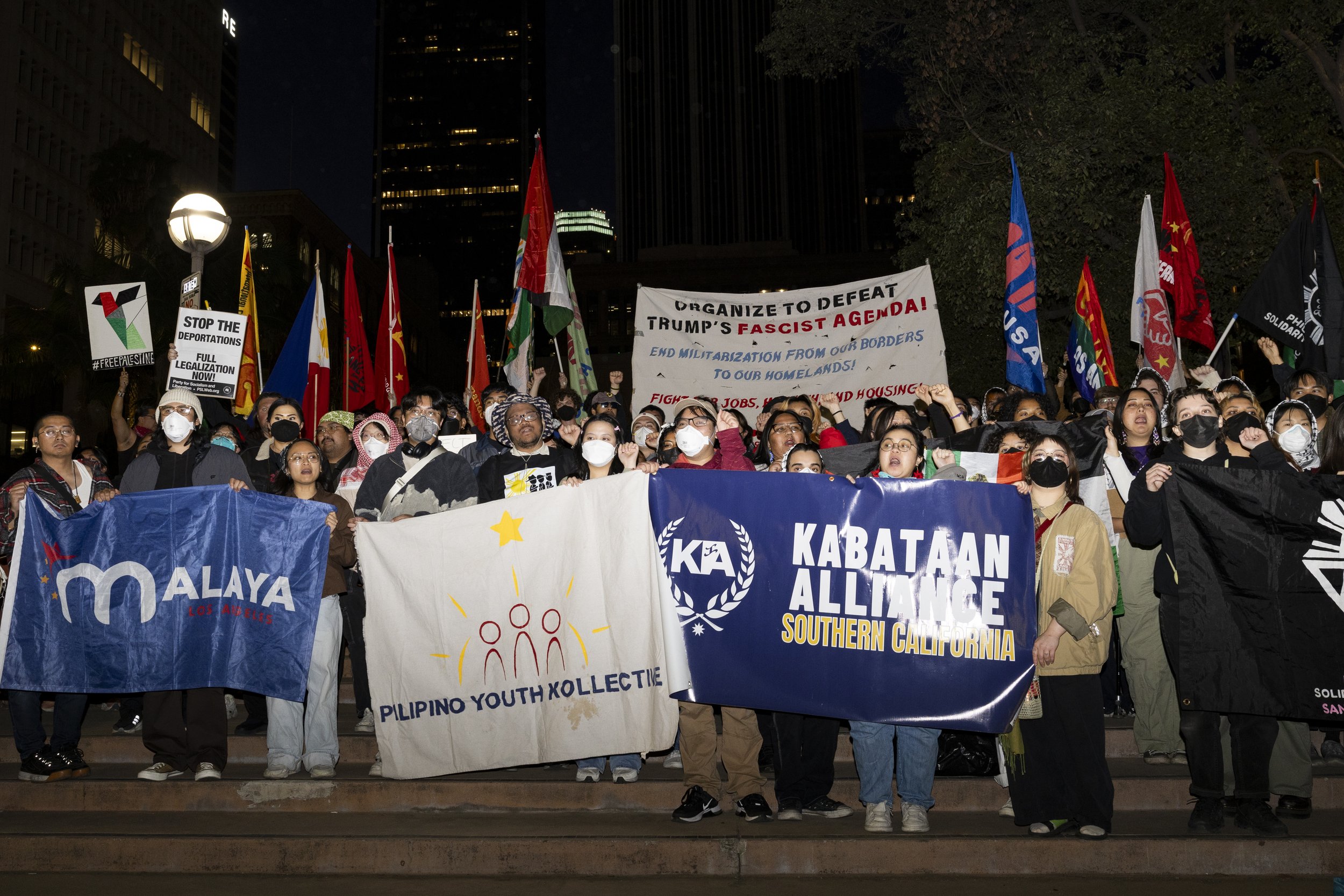
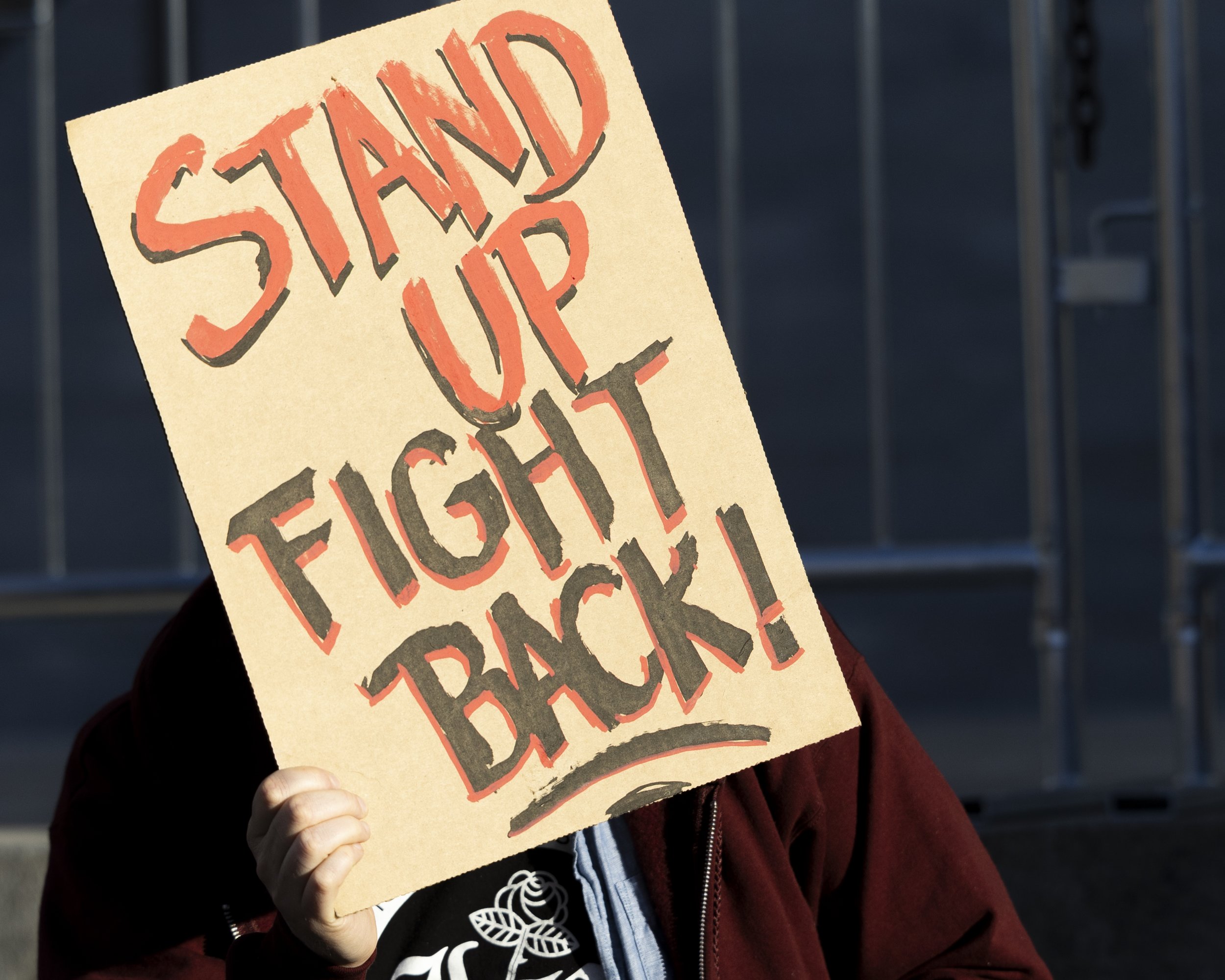
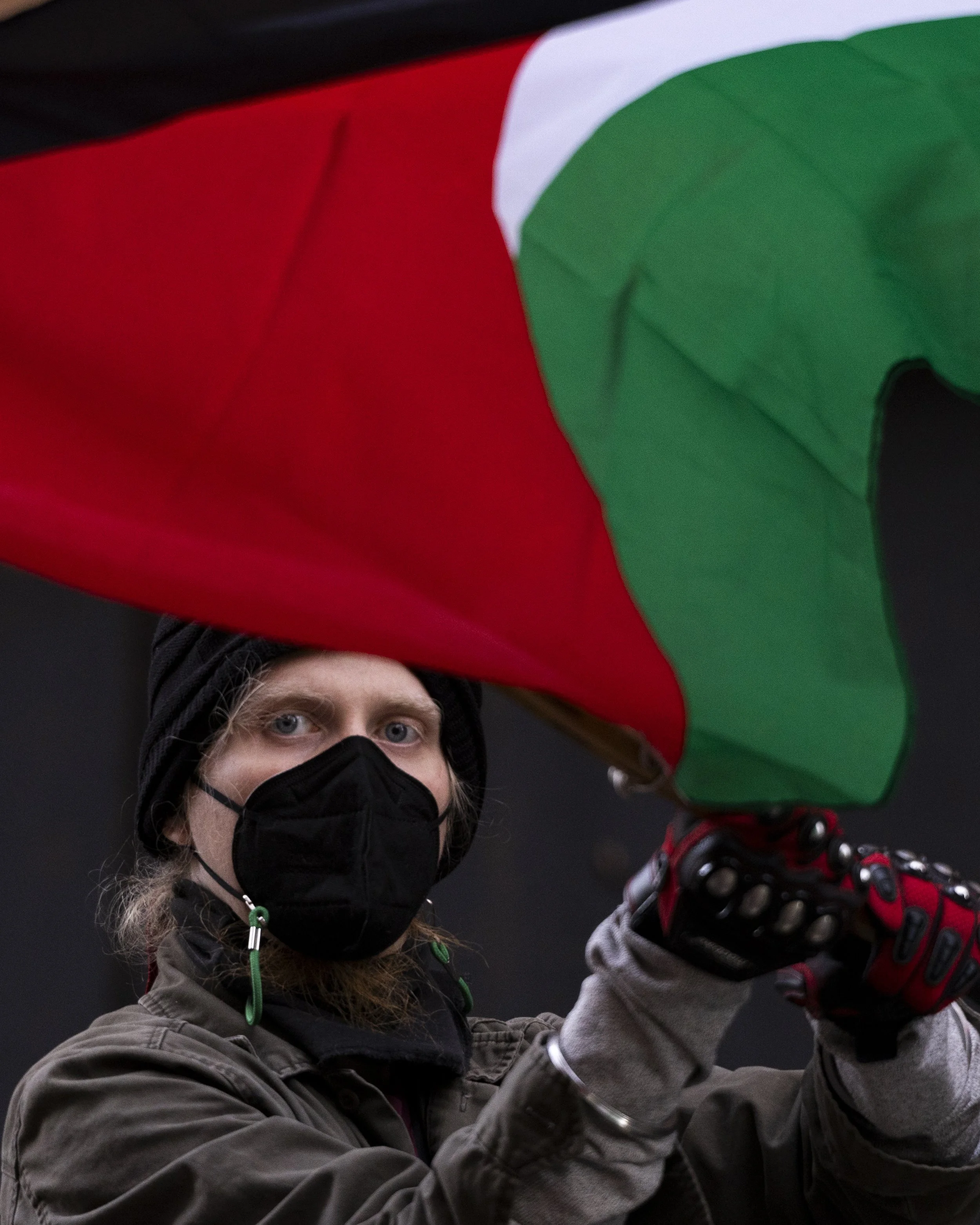
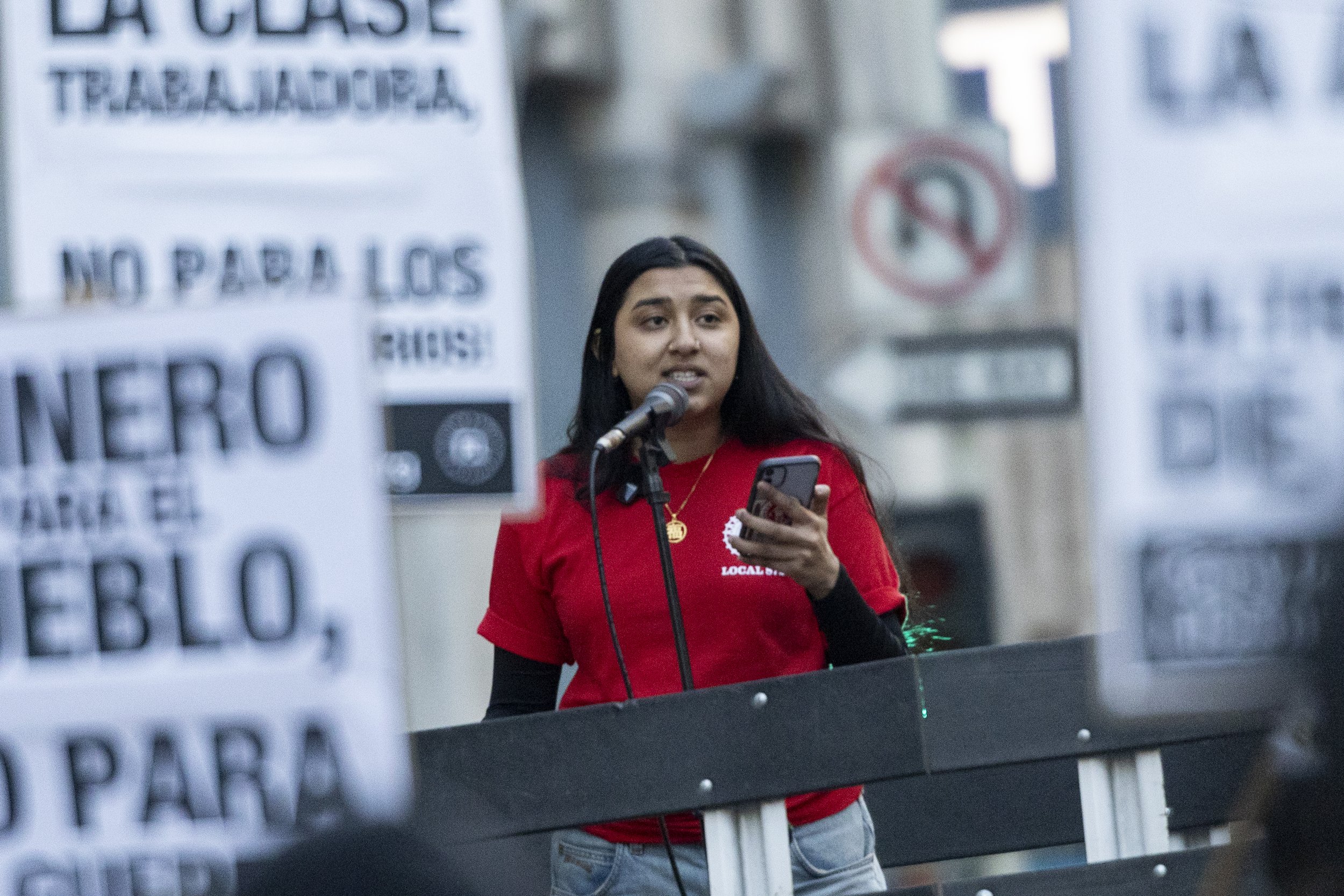
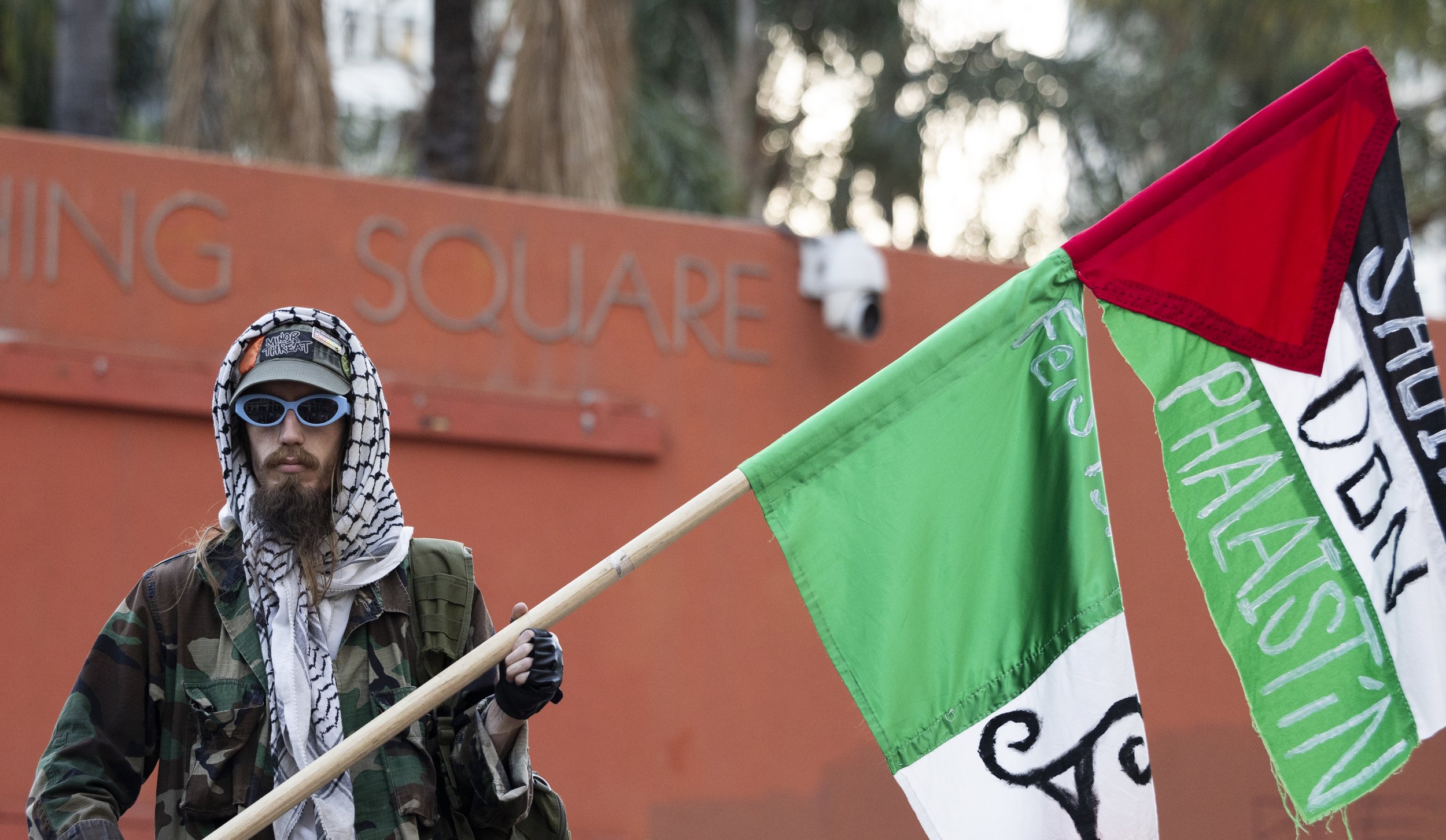
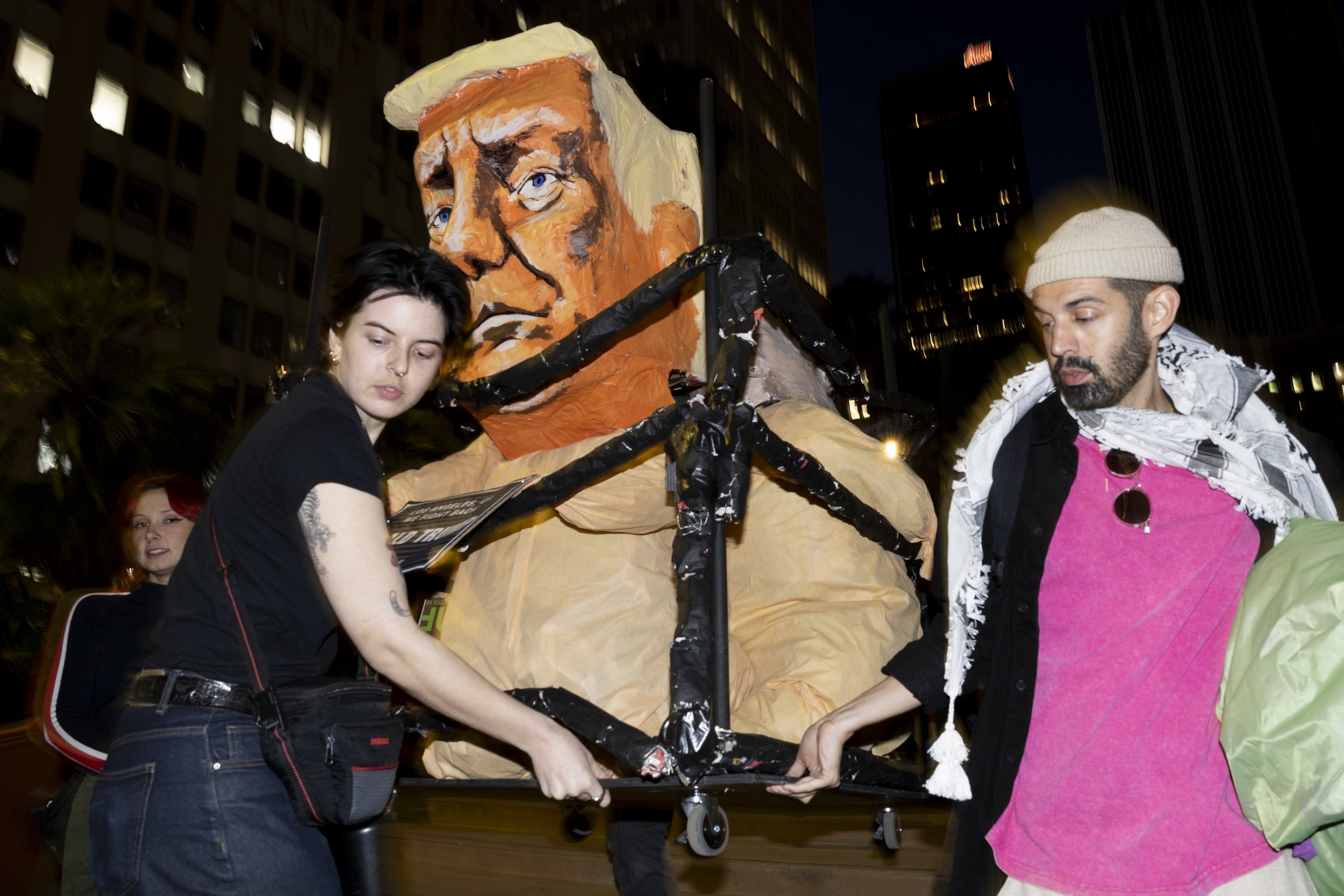
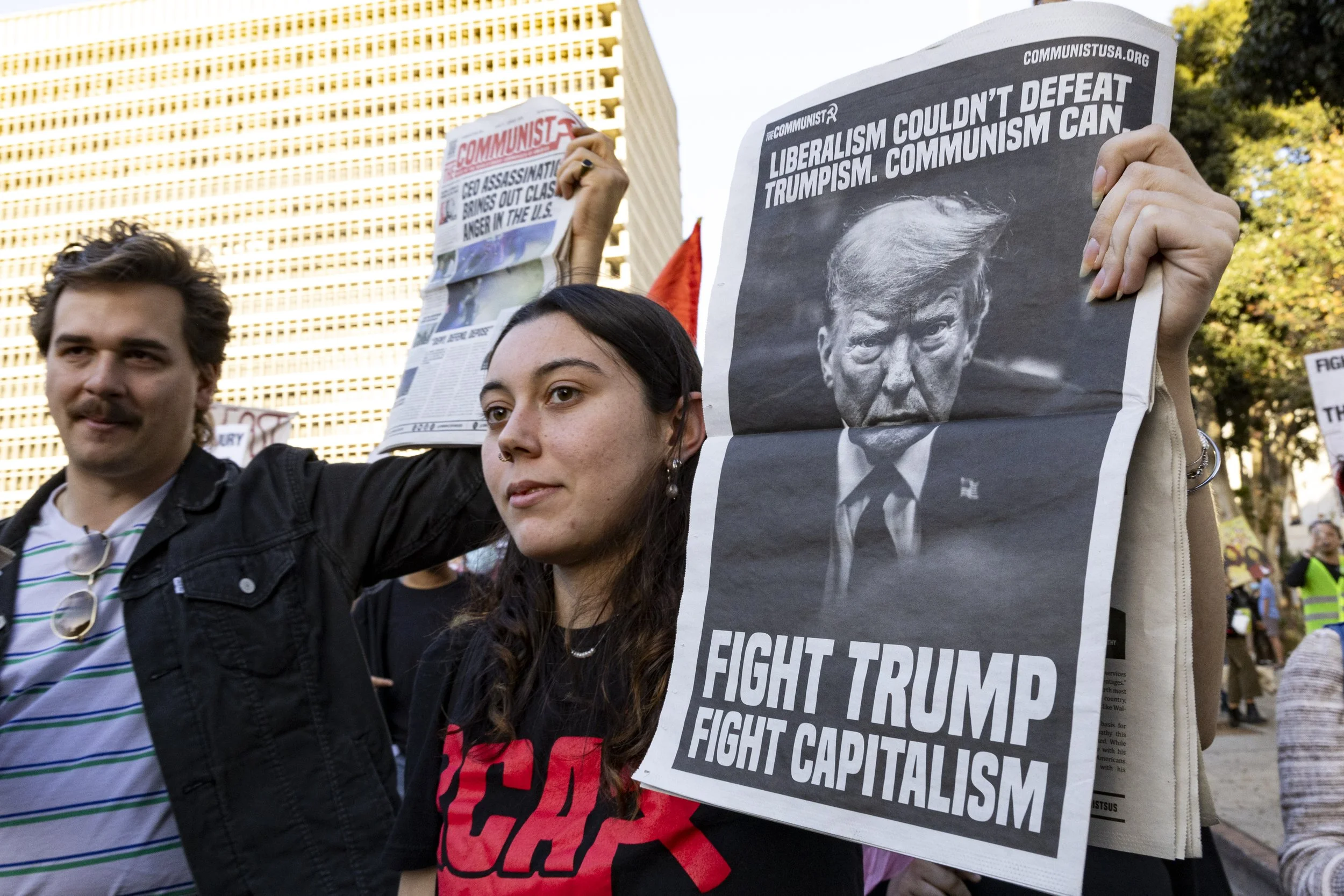
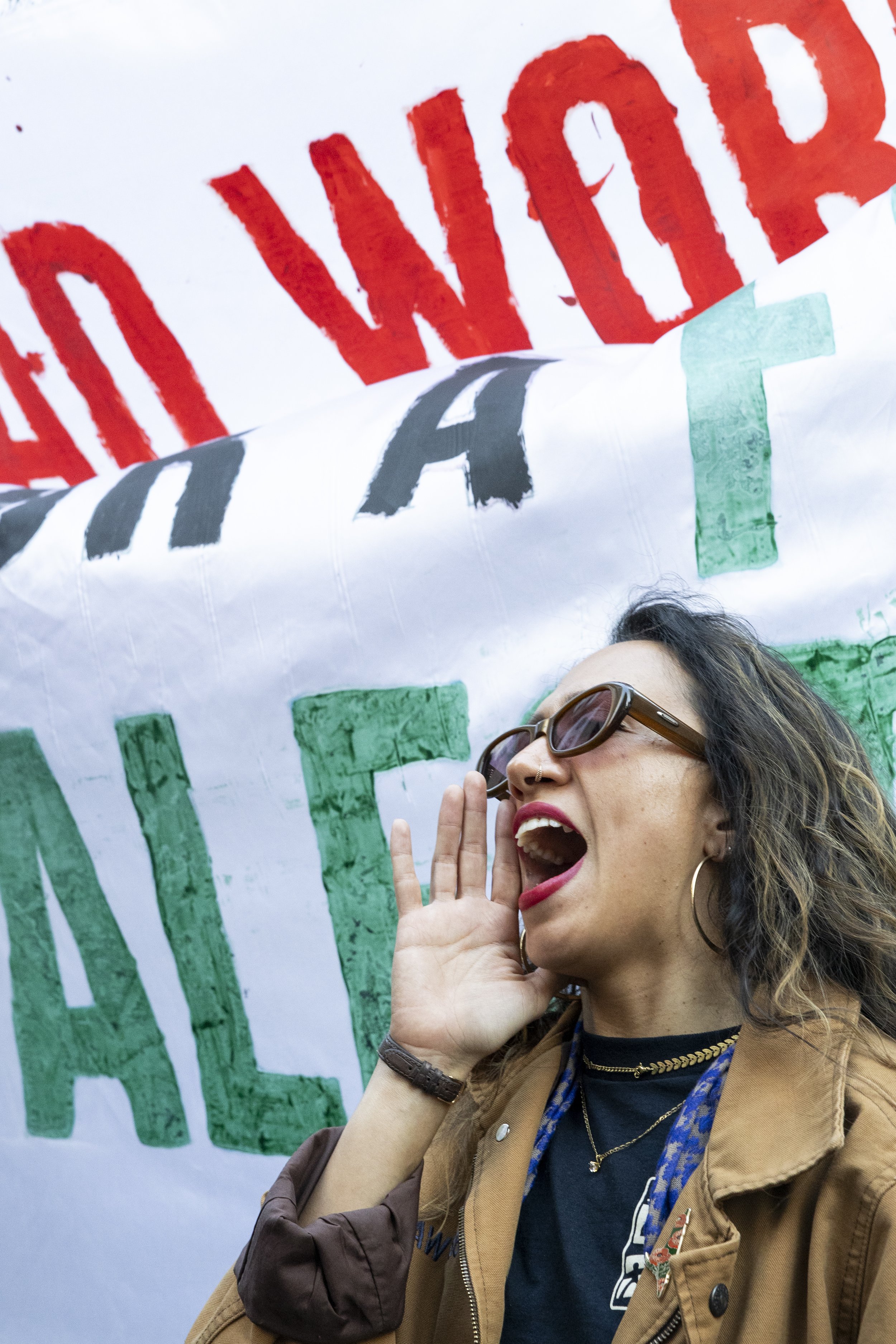
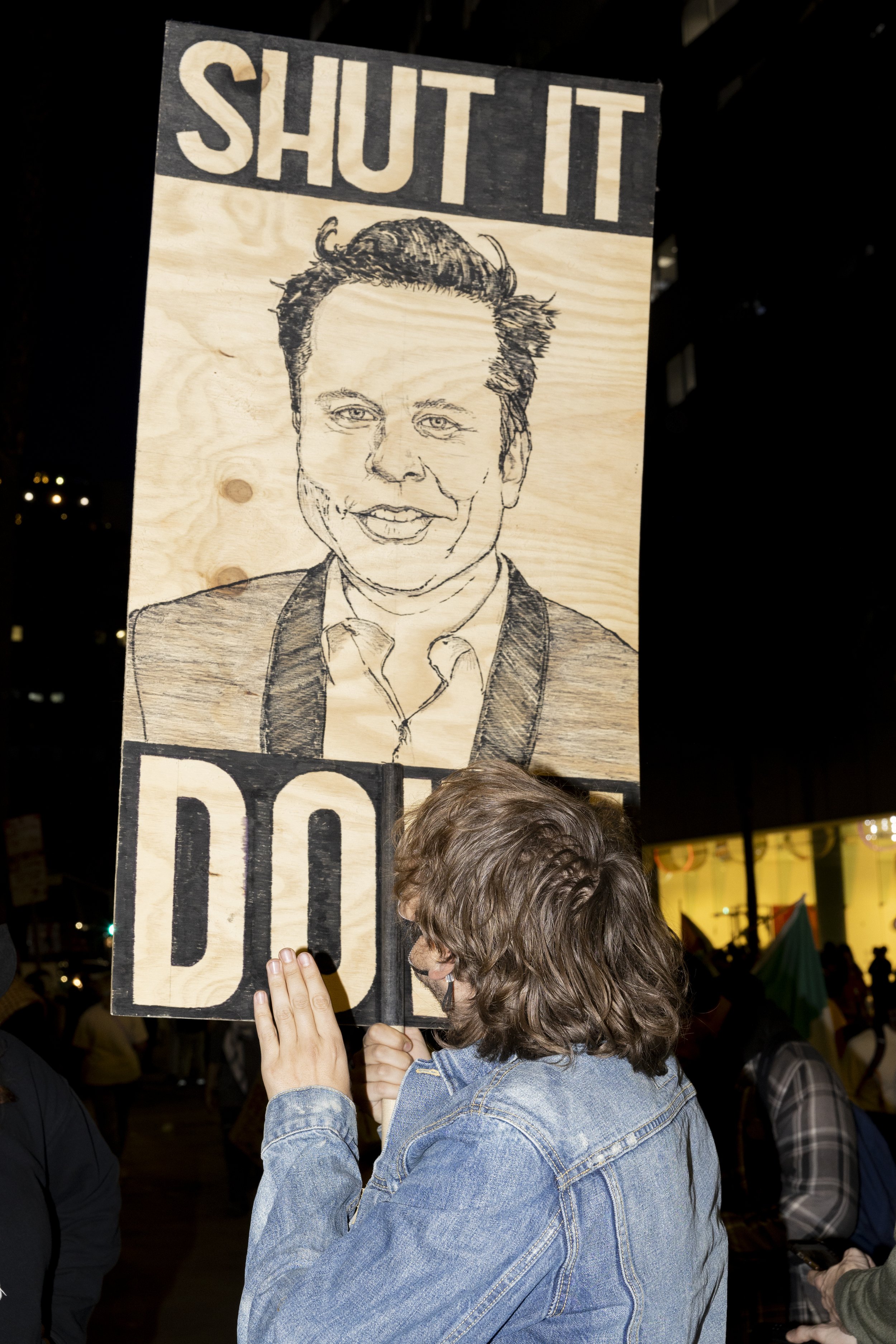
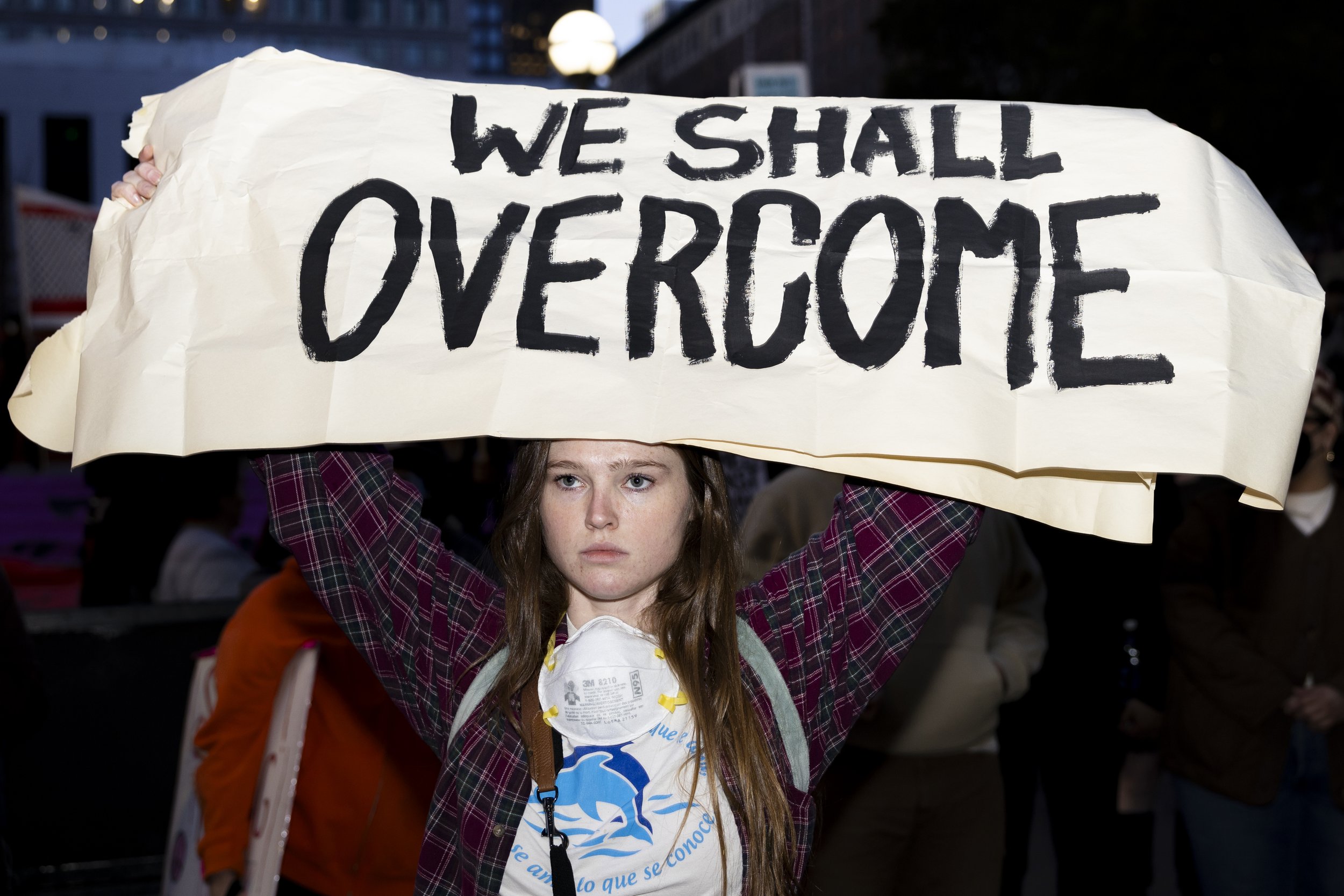
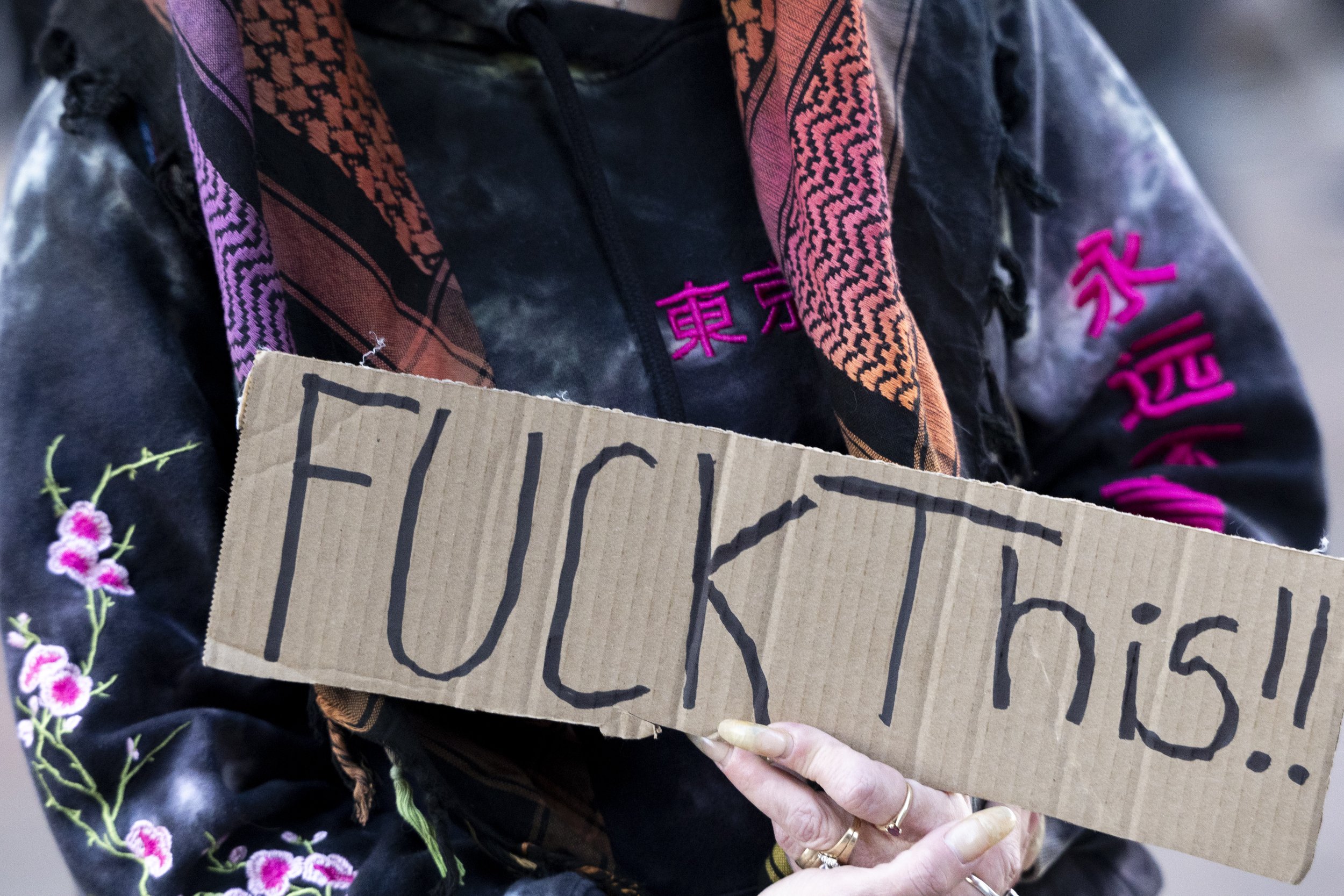
As if relinquishing a rapid stream of exhaust, the city of Los Angeles screamed itself hoarse in a breakout of colorful political protests across the spectrum, hours after 47th President Donald Trump delivered an inaugural address with a sharp tongue. While reactions to the address were sharply divided along party lines, the protestors demonstrated an unsuspecting likeness in their criticisms of politicians at home on the West Coast.
An aggregate of a thousand angry progressives met on Monday, Jan. 21 at Los Angeles City Hall to storm the afternoon streets. The march, facilitated by protest moguls from the Party for Socialism and Liberation, was officially orchestrated to demand “full relief and compensation for fire survivors,” already spotlighting on local issues. Quickly, ragers lay blame on regional governance with a call-and-response: “Gavin Newsom, you’re a liar, it’s your fault our town’s on fire.”
The same mirroring echo was interspersed with a near replica, replacing Gov. Newsom with Los Angeles Mayor Karen Bass.
This interlock between national and local affairs permeated. Taking to consecrated streets, a coalition of activist groups tempered the occasion to vocalize on other issues.
Once the protest was rolling, the dam burst and a flood of alternative, only somewhat related issues filled the airspace, garnishing signs and chants, including immigration, healthcare, union busting, insurance, gender equality, and the Israel-Hamas war.
“It’s beautiful how I look around and see people from all backgrounds,” said Kameron Hurt, a PSL speaker, who spotted union members, teachers, healthcare workers, and tradesmen.
At the same time, familiar mainstays, like the jumbo slab of watermelon chugging slowly on a truck bed as a symbol of Palestinian solidarity, corroborated the protest’s varied composition. Marchers lined up to take photos with the giant famed decal.
The likening of issues was a no-brainer, said Viva Vargas of Migrante San Fernando Valley and the International Migrants Alliance.
“The wildfires were only another layer added upon the already existing problems that we’re struggling to fight against,” she said. “Migrant refugee communities here in the United States are facing homelessness, are facing poverty, are facing militarization, and are facing death.”
The connection with foreign policy isn’t to be denied either, she said: “What we’re fighting for here, higher wages, homes, educations, healthcare, are all connected to what we’re fighting for overseas, to stop the bombing of our communities, to stop the militarization of our seas, to stop the genocide of our people.”
The diverse conglomerate of activists was reflected in the march’s visuals. Painted signage ranged from the traditional marmalade-shaded Trump caricature to the lionizing airbrush on a cartoon of Luigi Mangione.
Meanwhile, a masquerade of oligarchical figures in maché, including Trump, Elon Musk, and Jeff Bezos, were held captive in an imitation jail cell, the latest performative innovation from Artists Against Apartheid (AAA).
Jas Reid, the rally speaker representing AAA, said “we have a responsibility to tell our story. …Not only because that is what effects change, how we free political prisoners, how we get fire relief, how we change the world. But also because it allows us to come together in community.”
“If we do not,” she said, “the ruling class will kill us and blame the wind.”
Speakers also commented on Martin Luther King Jr. Day, shaming his mainstreamed portrait in history textbooks and instead commemorating “the Dr. King who called for a radical redistribution of economic and political power.” Others tearfully celebrated the commutation of the sentence of Leonard Peltier, a political prisoner who spent a near half-century in bondage.
What became clear was the use of the parade as a release of months of ideological buildup.
“We’re not going to let this be a day of mourning,” said Hurt. “It’s not going to be a day of backing down, of resigning, of stepping back. We are going to fight back!”
Clangor distilled from this protest, and was sparred against in corrosive harmony with a conservative event on the other side of the city. And as the diametrically opposed hordes of revved Angelenos demonstrated, even oppositely gliding scales are cyclical and will eventually interact.
This sanguine group of movers assembled at the Lily Pond in Beverly Hills’ Garden Park for an “Inauguration Celebration,” a certain rekindling of the demonstrations that shook up the very same neighborhood on a weekly basis during Trump’s previous term. The self-proclaimed Beverly Hills Freedom Rally earned a local reputation for their weekly celebrations from 2016 onward, all championed by organizer Shiva Bagheri.
It was the car congestion of Beverly Hills, the exorbitant flurry of autos, that attracted the group’s attention. The liberal foot traffic that circled the group in apprehension remained untouched, untapped marginalia.
Bagheri was unaffronted. “We got a few middle fingers, but I said, don’t worry, you’re gonna be doing a lot better these four years, so you’ll be happy,” she said on Instagram.
Bagheri is the czar and extorted her power upon a sleek megaphone. Her decibel-straining broadcasts unified an otherwise disjointed group of movers, and she isn’t shy about it: “If it wasn’t for the Beverly Hills Freedom Rally, a lot of people wouldn’t be awake,” she said in a video on Instagram.
Less gratified, however, was the group’s feelings on regional governance. The substance of the criticisms differed, but there were considerable parallels in the two protest’s perception of Newsom and Bass’ recent actions.
A frequent subject of Bagheri’s oration was “Gavin Newso-Mussolini” and “commie” Bass. Just a few days before, the same Freedom Rally gathered about 40 weathered participants in front of the mayor’s house to bobble signs and call for her resignation.
Here the group was equally administered, but less intentional - the art of convincing dissipated over the vehicular receptacles, who either ignored the half-march or issued supportive horns or fists. The air was celebratory, with occasional tidbits of optimistic imploring.
“We need to kick the commies out of California. That would be great,” she said.
Trump’s extensive plans for his first hundred days include a colossal load of executive orders that grows by the minute, notably minimizing immigration, maximizing drilling, and extricating the U.S. from the World Health Organization. The grassroots political actors of L.A. have showcased their zeals; in an unfathomably reactive city, they will find a receptive audience, no matter how hyper-individualized the messaging is.
Eventually, the test between left-leaning manpower and conservative intensity will synthesize in some kind of skirmish. Surprising moments of unity across the board demand at-home policy and personnel changes and both groups plan on weaponizing their strengths, whether it’s numbers or confidence, to achieve it.
“There’s no such thing as a red state or a blue state,” said Hurt. “We are working class people, from coast to coast, who are going to fight back, and who are going to win.”
